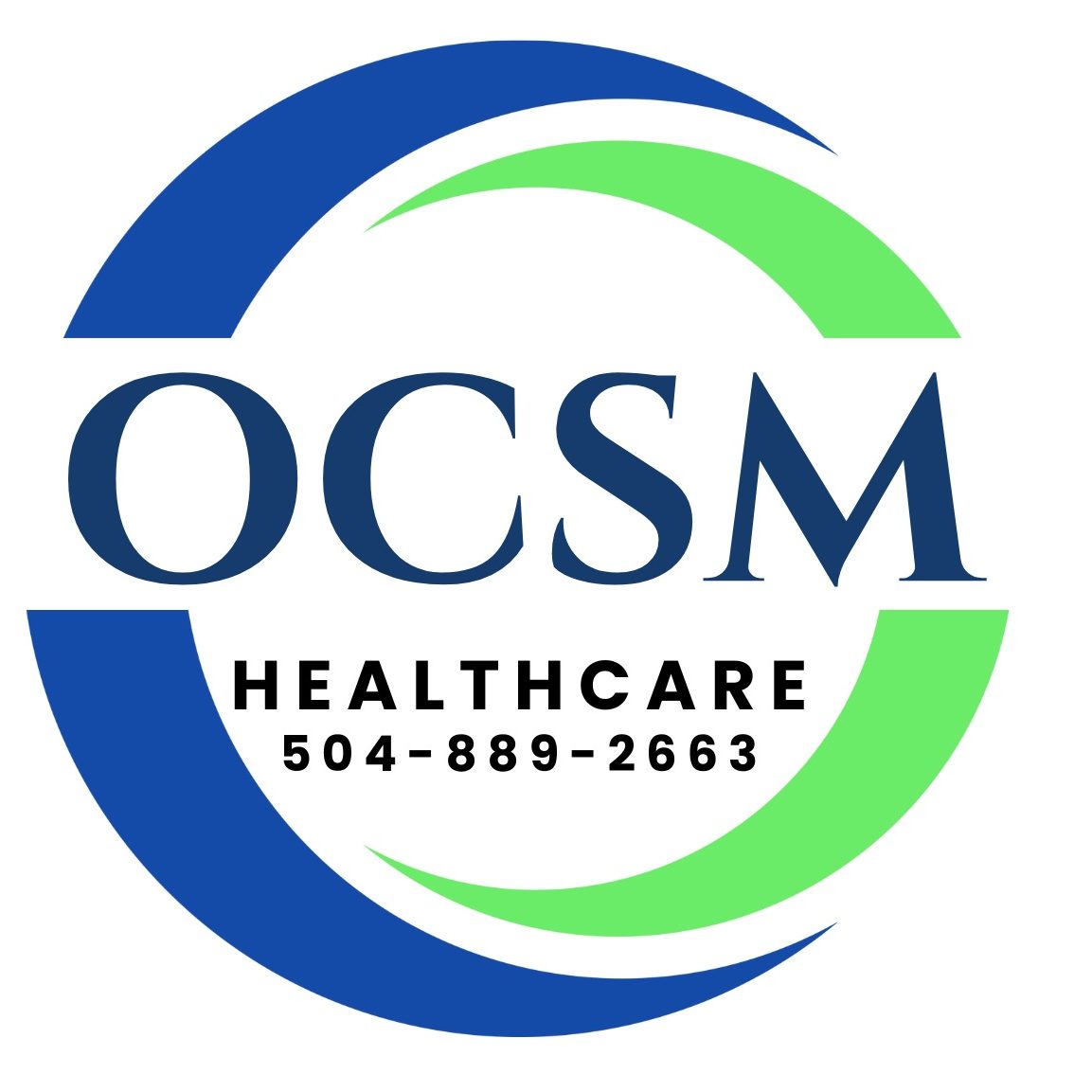Injuries to the pectoralis major muscle are rare. This kind of injury most commonly occurs in physically active males between 20-40 years old. It has an association with weightlifting (particularly bench press). However, there are reports of the injury during various other activities, such as martial arts, gymnastics, and football.
The pectoralis major is a big muscle covering the upper portion of the chest. It has two parts: a sternal head and a clavicular head. The insertion of both is in the bicipital groove of the humerus. The action of this muscle is adduction, forward elevation, and internal rotation of the arm.
A pectoralis major injury occurs when there is tearing of the muscle due to excessive tension on a contracted muscle or, less commonly, as a result of direct trauma. The most common type of injury is tendon avulsions at the insertion site on the humerus.
Most patients will say they felt a tearing sensation or a “pop.” Also, they present with a reduced range of motion due to pain and other findings like localized swelling, asymmetry, redness, and tenderness.
MRI is considered the imaging of choice and can help differentiate between acute or chronic complete or partial tears. MRI can assess the grade and site of injury.
The treatment of a pectoralis major tear will depend on how severe the injury is and the anticipated use of the muscle based on the patient’s activity level—for example, an athlete versus a sedentary individual. The treatment for complete tears is usually surgery. Initial treatment involves rest, ice, pain relief, and immobilization in a sling with the arm adducted and internally rotated. Physical therapy should begin within the first two weeks of recovery, gradually increasing to a full range of motion over the next six weeks. Progressive resistance exercises can start at six to eight weeks from the date of injury, gradually increasing until full resistance training can resume at three to four months post-injury
The prognosis of pectoralis major tears is generally good, especially if a prompt diagnosis is made and appropriate treatment is administered. Surgical management usually results in a better functional recovery.
Author Kerwin Acevedo-Nazario MS4 Fourth year Medical Student at University of Medicine and Health Sciences (UMHS)
